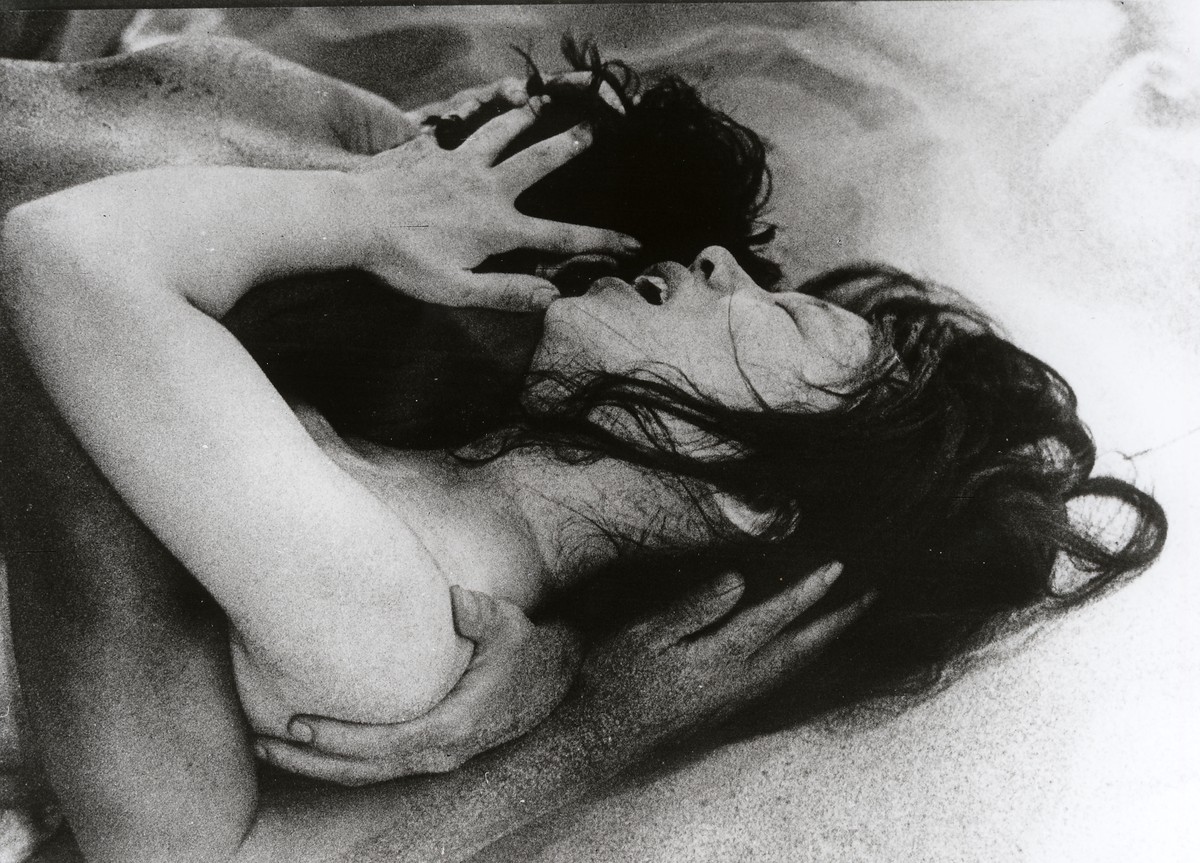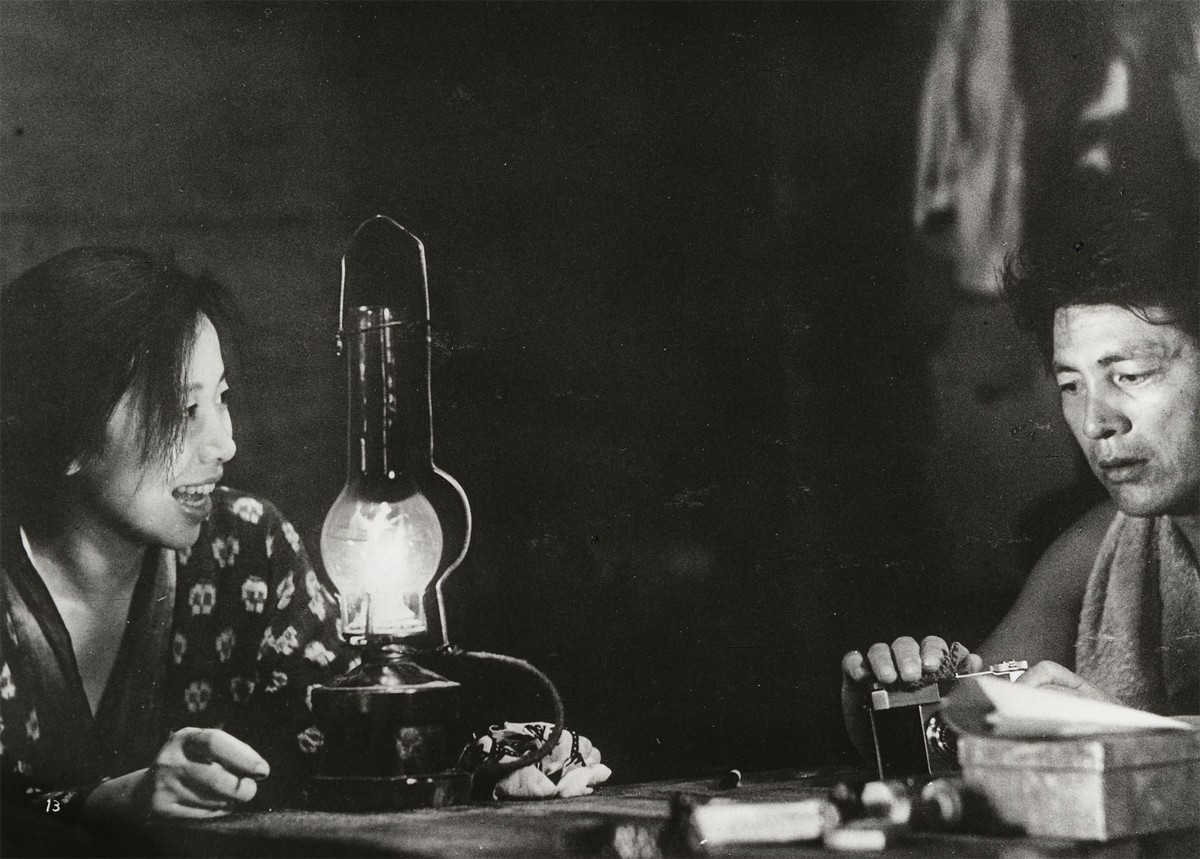The Woman in the Dunes - Suna no onna

On nice summer day Jumpei Niki, a Tokyo based entomologist and educator, is in a seaside village collecting specimens of sand insects. As it is late in the day and as he has missed the last bus back to the city, some of the villagers suggest that he spend the night there, they offering to find him a place to stay. That place is the home of a young woman, whose house is located at the bottom of a sand pit accessible only by ladder. He later learns that the woman's husband and child died in a sandstorm, their undiscovered bodies buried somewhere near the house. The next morning as he tries to leave, he finds that the ladder is gone - he realizing that the ladder he climbed down was a rope ladder which is anchored above the pit - meaning that he is trapped with the young woman as the walls of the pit are sand with no grip. He also realizes that this entrapment was the villagers and the young woman's plan for him to stay there permanently to be her helper in the never-ending task of digging out.
Festivals & awards
Zwei Oscar Nominationen
Cannes Filmfestival: Grosser Spezialpreis der Jury
Blue Ribbon Award
Nationale Filmkritik Best Director Best Film Kinema
Junpo Award Best Director Best Film
Mainichi Film Concours.
Japanische Filmpreise Best Art Direction Best Director Best Film Best Film Score







Credits
Would you like to show this movie?
Please fill out our form.
Feel free to contact us
Press voices
«Mit einem Mal hörten sie beide auf, sich zu bewegen. Es war wie auf einer Kino-Leinwand, wenn der Projektions-apparat ausfiel - eine gleichsam gefrorene Zeitspanne, die, falls nicht einer von ihnen aufhörte, sich bis in die Unendlichkeit dehnen würde.» Liebesszene aus dem Roman von Kobo Abe «In ihren Tälern, dort, wo der Wind nicht hingelangt, glüht der Sand besonders heiss. Schön ist das Sandgebirge, aber auch schrecklich. Davon erzählt der japanische Schriftsteller Kobo Abe in seinem Roman Die Frau in den Dünen. Es ist die Geschichte eines Forschers, der sich ein Quartier in einem Dünental zu-weisen lässt, das für ihn und eine Frau zum Gefängnis wird. Das Los des Forschers zeigt, was das eigentlich Gefährliche an der Düne ist: der Wind, dem sie ihr bewegtes Wanderleben verdankt, vermag sie in Treibsand zu verwandeln, dem man nicht mehr entrinnt. » Die Zeit Das ist eine der prickelndsten Liebesgeschichten der Filmkunst, ein unvergessliches Meisterwerk für Aug und Ohr, ein Film der Körperlichkeit, der Leidenschaft, der Hingabe, der Erotik und des Aufgehens in einem Zustand, der sich einfach so ergeben hat. Wunderbar! Walter Ruggle





